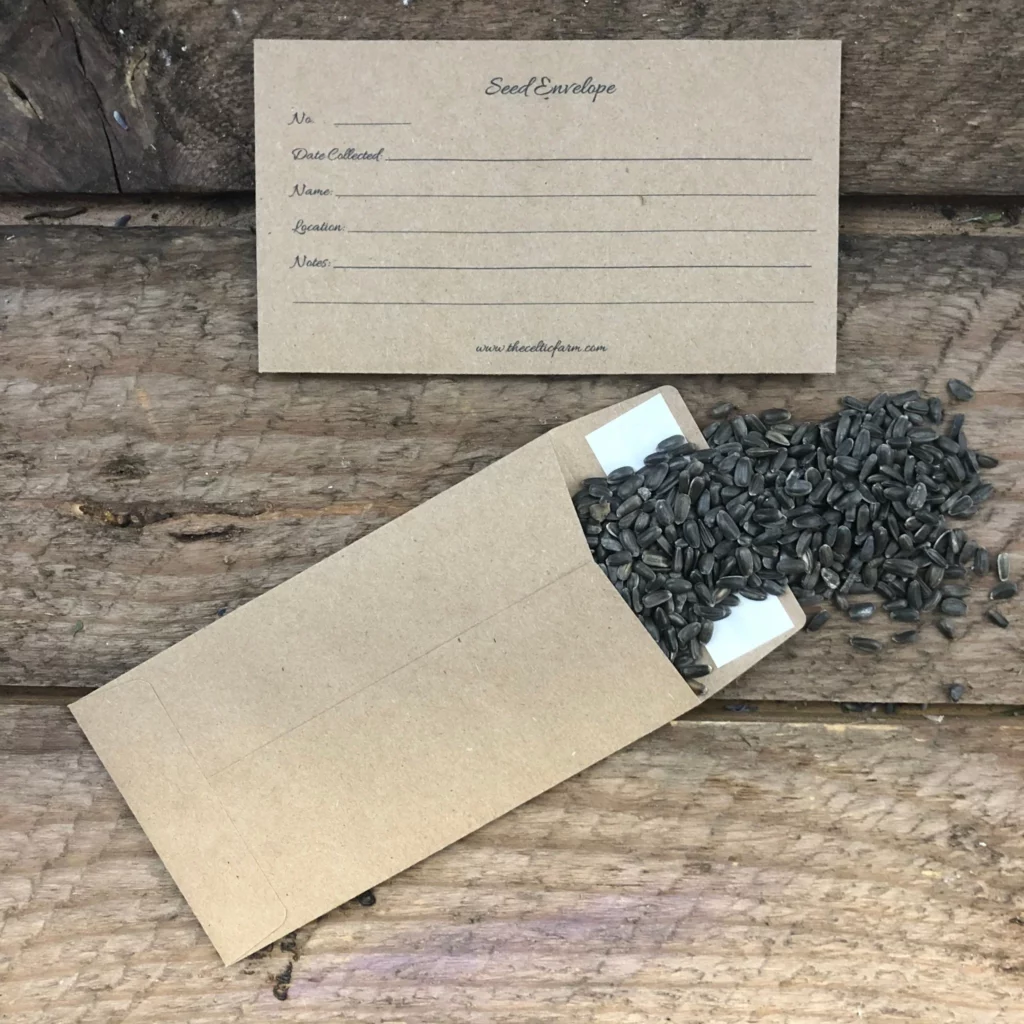Mastering Seed Collection for Sustainable Gardening- A Comprehensive Guide on Seed Storage and Viability
Seed Collection for Sustainable Gardening
One of the key aspects of sustainable gardening is mastering the art of seed collection. Harvesting seeds from your own garden not only is an economically savvy approach but also brings immense satisfaction by paving the way for the next generation of plants.
The importance of timing in seed collection cannot be overstated. It’s essential to wait until the seed pods are fully matured. Typically, seeds are ready for collection when their pods or fruits transition from green to brown or have completely dried on the plant. Collecting seeds too early might result in them not germinating or growing into robust plants.
The seed collection process varies based on the type of plant. For dry-seeded plants like lettuce or sunflowers, let the seed heads dry on the plant before shaking or brushing out the seeds. For wet-seeded plants such as tomatoes or cucumbers, the seeds are harvested from the overripe fruit, rinsed, and then left to dry.
Seed Preparation and Cleaning
Post-harvest, seeds require careful cleaning and preparation for storage. Seeds from fruits and vegetables need to be rinsed thoroughly in a colander under running water to remove any remaining pulp. Seeds collected from dry seed heads need to be separated from the chaff, either by gently blowing on them or using a fan for winnowing.
Seed Saving & Storage for Future Planting
Proper seed storage is crucial to maintain their viability for future planting. A cool, dark, and dry environment is ideal for seed storage as high humidity and heat are the primary culprits of premature seed degradation.

It’s recommended to store seeds in paper envelopes or glass jars, avoiding plastic bags that can trap moisture. Each envelope or jar should be labeled clearly with the seed type, collection date, and, if possible, additional details like variety and growing instructions. For long-term storage, thoroughly dried seeds can be refrigerated or frozen.
Understanding Collected Seed Longevity
Seed shelf life varies greatly. For instance, onion, leek, and parsley seeds may lose viability after just a year, while seeds of tomatoes, lettuce, and many beans can remain viable for up to six years. However, these are just general guidelines, and the actual longevity of seeds can be influenced by factors like growing conditions, harvesting techniques, and storage methods.
Seed Viability Test
Before planting, it’s advisable to test seed viability with a simple germination test. Position a few seeds on a wet paper towel, fold it over, and place it in a plastic bag in a warm spot. After several days to a week, check for sprouting, which indicates seed viability.
In conclusion, understanding the principles of seed collection, storage, and longevity can enrich your gardening journey, save money, and bring your garden’s lifecycle full circle.”
Here are some great resources:
Recent Posts

The Power of Mounding: An Essential Gardening Technique for Healthy Plants

The Ultimate Guide to Philodendron Birkin – Care, Tips, and Benefits

Watering Plants – Indoor Edition

The Advantages of Built-Up Garden Beds: A Gardener’s Best Friend

The Secret Weapon for Lush Blooms: How to Create the Perfect Fertilizer Schedule













You must be logged in to post a comment.